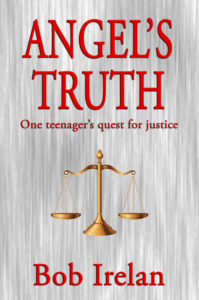


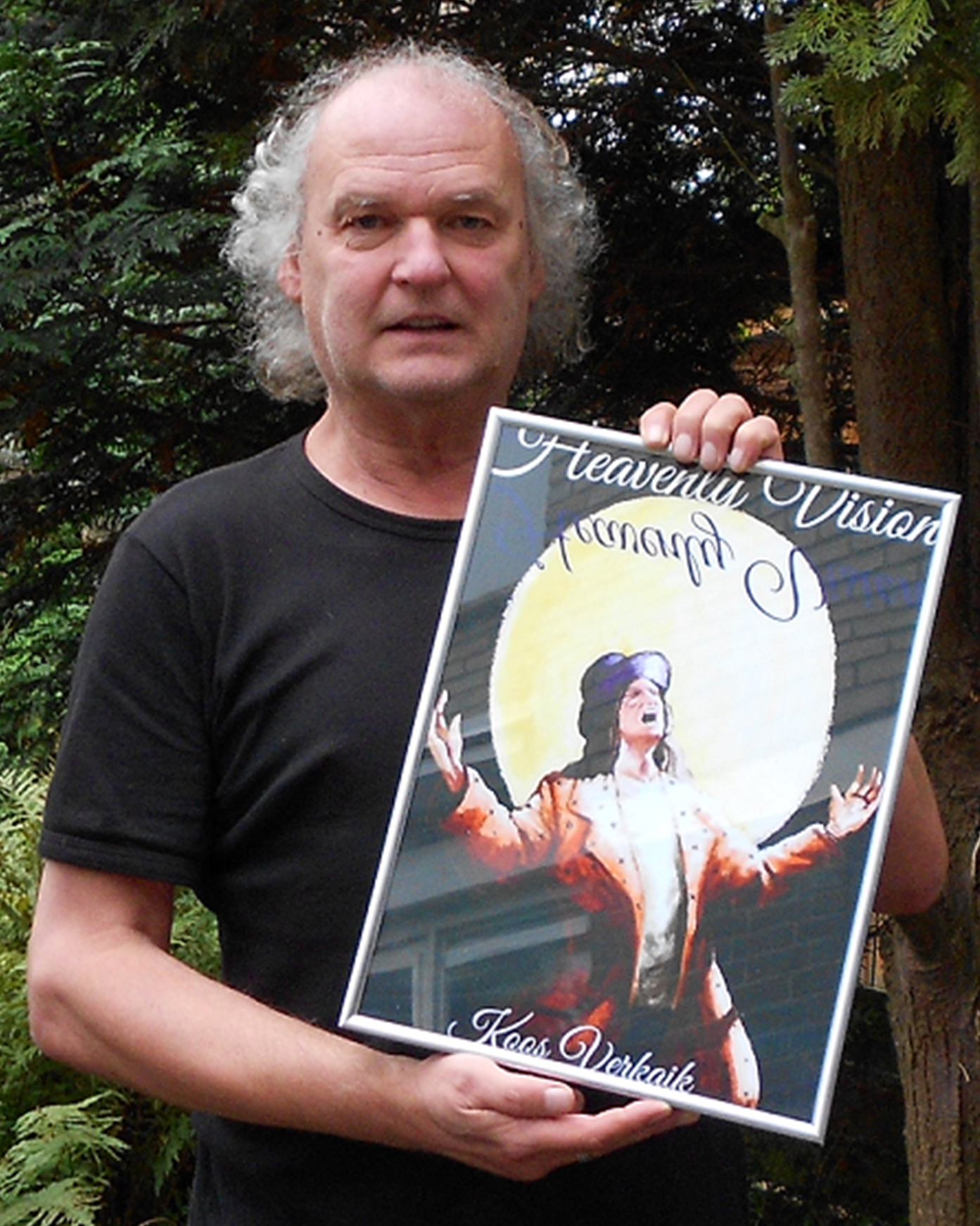
Koos Verkaik’s newest novel Heavenly Vision is about a book collector who finds a manuscript in a 1745 Atlas of the Cape of Good Horn that changes his life forever. Read the interview by Deborah Kalb on how Koos was inspired to write the murder mystery, Heavenly Vision.
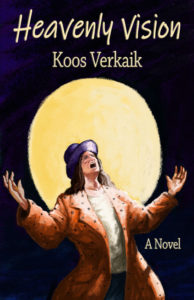
Q: How did you come up with the idea for Heavenly Vision?
A: For most of my books all I need is one simple fact. One line, one thought, will do to get me start writing. Where Heavenly Vision is concerned, I was intrigued by the fact that you can buy yourself an old book at a flea market and find a priceless drawing or etching between the yellowed pages! That stimulates my fantasy and I get cracking right away – not knowing at all where and when it will end.
I always start to write the first two or three pages with a simple pen on sheets of paper. Only after I know it is all right, I start working on a computer.
Sitting down in silence and write the lines with a pen is something I will always enjoy.
Q: The book takes place in a variety of locations and times. Did you write the novel in the order in which it appears, or did you move chapters around as you wrote?
A: I wrote it in the order in which it appears! When I start writing, there is a complete chaos in my head, but the manuscript must be one hundred percent all right. I make notes on sheets of papers, on beermats, on three different laptops, sometimes on the back of my hand – but finally it all comes together in the manuscript.
After having typed “The End,” the chaos has disappeared. The work is done. Then I take a deep breath… and start working on the next project.
Q: Did you know how the book would end before you started writing it?
A: I never know how my books will end. I know there are authors who make a storyboard, who only start writing after they have figured it all out.
For me every new book is an adventure – for myself and for my readers. The story grows and to be honest; I do know where to go with my stories, it is all somewhere in my head and it has to come out. I never had writer’s block; I have written since I was 7 years old and as a boy I worked at night and saw the sun come up.
Q: How did you research the novel, and did you learn anything surprising?
A: Research is always important. And… the internet is there for the common facts, books are there for the real information. In my work room I am surrounded by a couple of thousand books; I absorb the facts and write fantasy.
Right now I am reading Sapiens and Homo Deus from Yuval Noah Harari. Such a great writer about the history and the future of mankind.
For Heavenly Vision I didn’t have to do much research. Most of the things I wrote about (such as the Dutch East India Company) were already known to me. I am a collector of nonfiction books about science, but also about alchemy, the supernatural, mysterious historical facts, etc. Life is full of odd surprises and I love to write about it.
Q: What are you working on now?
A: I always write different books at the same time. There are two series of children’s books, Saladin the Wonder Horse and Alex and the Wolpertinger. Finished the last book of Saladin and work on book 14 of The Wolpertinger; intending to write over 30 different titles.
A new publishing company contracted me for all my novels: Righter’s Mill Press, Princeton. They also have a film company, Three Corners Entertainment. Signed contracts for all titles.
Right now I also started a new novel. And I never tell about a new story until it is finished… When I explain all about it, I feel less urge to complete it.
Q: Anything else we should know?
A: Yes. Heavenly Vision was published earlier by a Canadian company. Unfortunately the publisher passed away. We had become such good friends, She was such a great person.
Now Outer Banks Publishing Group has taken over; they will also publish my novel The Nibelung Gold soon and they already published the two series of children’s books I mentioned above.
I received wonderful reviews for the first edition of Heavenly Vision, which made me very proud (believe me, it is a great adventure and also a great honor to be published in Canada and the USA when you are a writer from faraway Holland).
About Koos Verkaik
Koos Verkaik, who lives outside of Rotterdam, Holland, is the author of more than 60 books from children’s series to mysteries to sci-fi. When his novels, All-Father and Wolf Tears were published, he earned the moniker as the Dutch Stephen King.
About the cover of Heavenly Vision
The cover was commissioned and created by Doriano Strologo, an illustrator in Numana, Italy, depicting the main character in the book, the mysterious Raso, the man who had the heavenly vision.
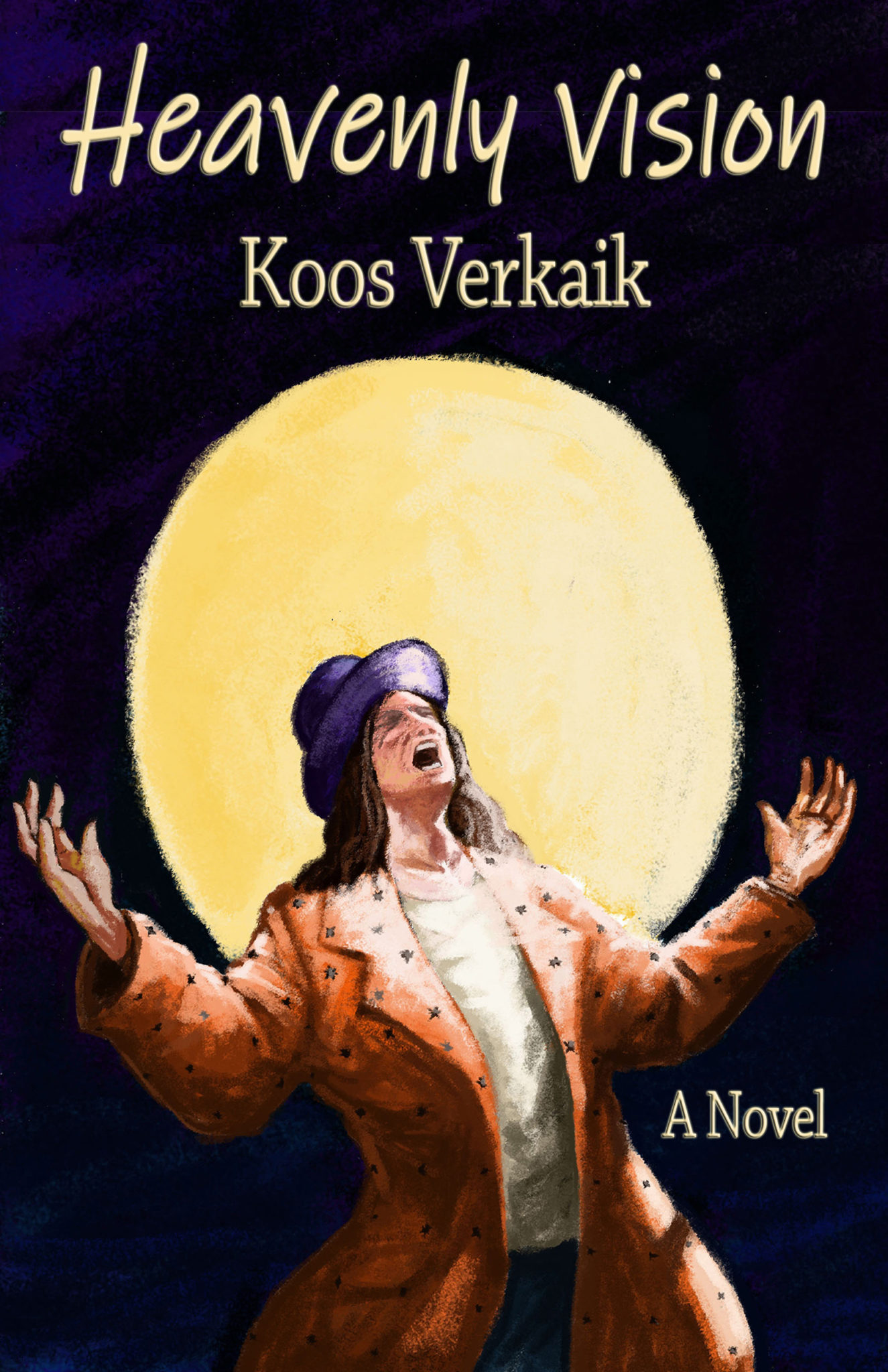
Nothing is what it seems, in this new, exciting Koos Verkaik novel – Heavenly Vision, undoubtedly one of his masterpieces!
A book collector of limited means comes across a 1745 Atlas of the Cape of Good Hope in a second-hand bookshop in Amsterdam. Once his historian friend examines the manuscript found inside, he becomes very excited and life for Jan Glas is never the same again.
“Allart Vroom climbed down from the ship, and we stood ready to catch him,” wrote Captain Adriaen Kalf. “His clothes, his flesh, his bones pulverized in our hands. He formed a small heap of powder at our feet. Please, believe me—it is not, like someone suggested, the contents of broken hourglasses.”
Glas, an Amsterdam publicist, later reads about a machine that could cause the end of the world! Of course, he wants to find the truth about the machine and the remarkable manuscript!
His curiosity takes him takes him to England and the USA. In Florida, a peculiar man crosses his path – Wesley Dunn, a Raso Preacher at the Center of the Heavenly Vision in Franks Knight, Florida.
This man says that the world will be destroyed by “The Machine of Colton”, which is also mentioned in the manuscript that Jan found in the atlas! Only a few people will survive – the true followers of the odd Mr. Wesley Dunn, and those who follow the Raso way of life!
Murder, mystery and intrigue will keep the reader guessing as to what is going on. Is the world coming to an end, and if so, who will survive?
To learn more about Heavenly Vision and Koos Verkaik read his latest interview with Deborah Kalb, Book Q&As with Deborah Kalb.
A cast of likable, unlikable and quirky characters, along with a very original and interesting story makes for a fantastic read. I liked the writing style, going back to the past and present, and the characters, all unique in their own way.
I recommend Heavenly Vision to those who like adventure , drama and excitement. I also recommend The Nibelung Gold also by Koos Verkaik.
By the end the author had impressed me so much that I was not sure whether to applaud the brilliance of the character in the story or the creator of that character that is the author. The twist or final pull was that good of a brilliance charm.
As usual Koos Verkaik brings a mélange of quirky characters to life. The good, the bad, but never the indifferent. He then weaves them into a mystical tale that moves between the present and the past of a strange machine that kills at will and a prophecy of doom. His unique writing style holds the reader’s interest from beginning to an end of the world scenario, as he builds the tension during a well plotted fantastical journey full of intrigue and mysteries.
This is another MUST for readers of strange and unique tales from the undisputed master with one of his whacky covers that I love…
If you like books that bounce back and forth between the past 1700s, and the present then this is the book for you. It makes it a little confusing, but if you are willing to hang in there it all becomes clear in the end. In the past we have an old manuscript, in the present we have a machine that is said to be able to end the world. What are the connections if any between these two? The author has taken these two events and woven them into a story that will have you reading cover to cover just to find that connections. Once again this author has created a book that grabs you and forces you to read to find the answer to all of those questions you had at the beginning. I applaud him for this ability.
Koos Verkaik was born in Holland, near Rotterdam. He worked as a copywriter for a short time. His first comics (three pages each week) were published in the magazine Sjors when he was only 16 years old. He wrote his first novel (sci-fi) in a weekend at the age of 18 and it was published immediately. During his long career as a novelist and author, he wrote hundreds of comic scripts and published over 60 books, both children’s books and urban fantasy novels. Koos writes (novels) every day and has translated books from English and German into Dutch.
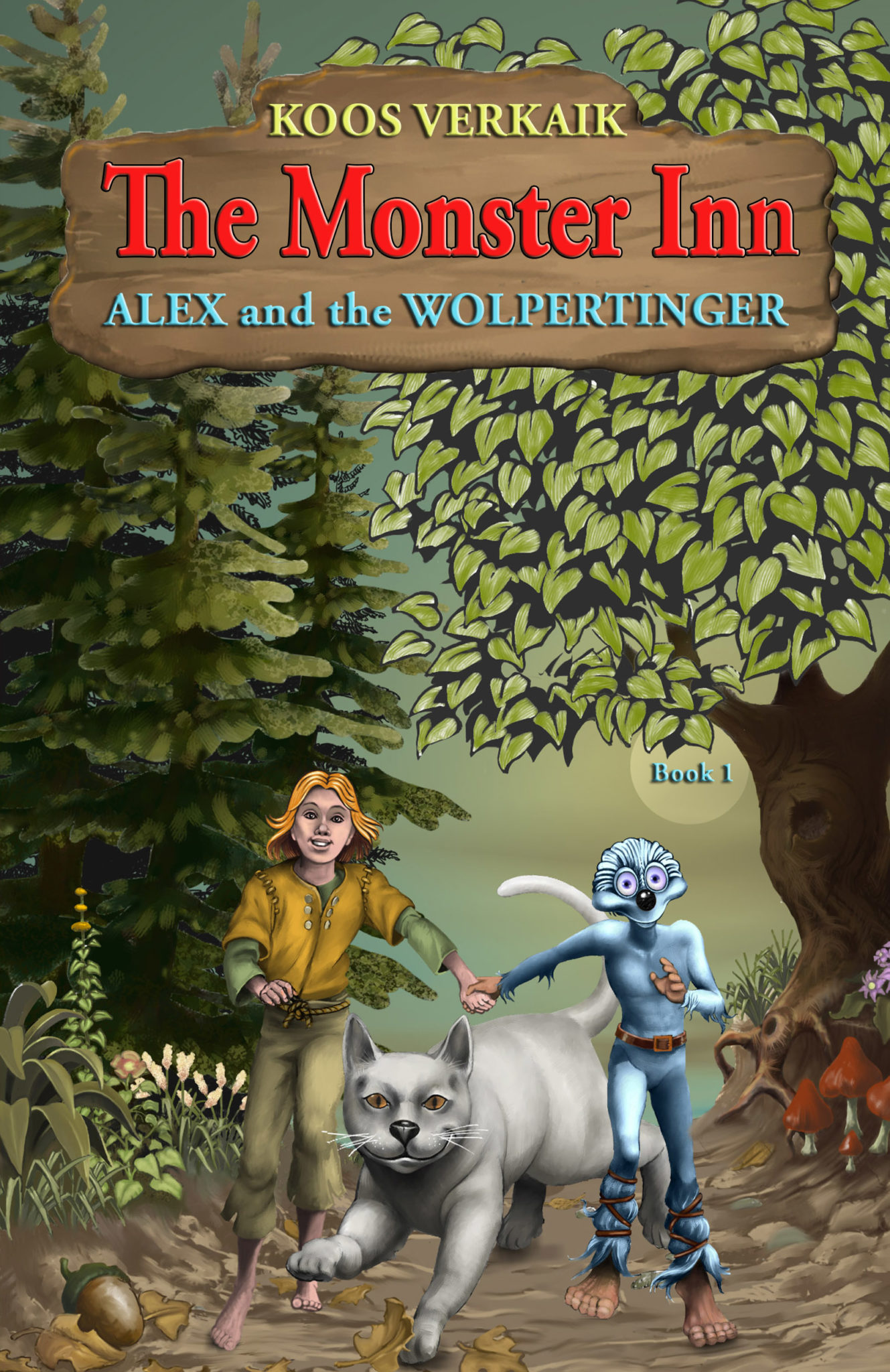
Let your child travel on an adventurous journey this summer with Alex and Ludo the Wolpertinger on a enthralling trip to find The Monster Inn, a wondrous place where the most fascinating characters show up!
By Koos Verkaik
Wolpertingers… little monsters or friends?
Teasers or small helpful creatures?
Actually, everyone is a bit afraid of them.
Humans and giants run away the moment they spot a wolpertinger.
And yet, a boy made friends with a wolpertinger from the mysterious Downhills!
It was Alex, a boy from the Alps, who lived in the land of King Clover a long time ago.
Alex and Ludo the Wolpertinger go from one adventure to another!
Together they travel to the Downhills to help free a magician who is a prisoner of the giant Prince Ruff Rumble.
They meet many strange creatures like a river monster, fire-breathing dragons, lizards and giant mice on their trip to the Monster Inn. There they hope to find someone who can make gold to free the imprisoned magician, Halo from Prince Ruff Rumble’s dungeon.
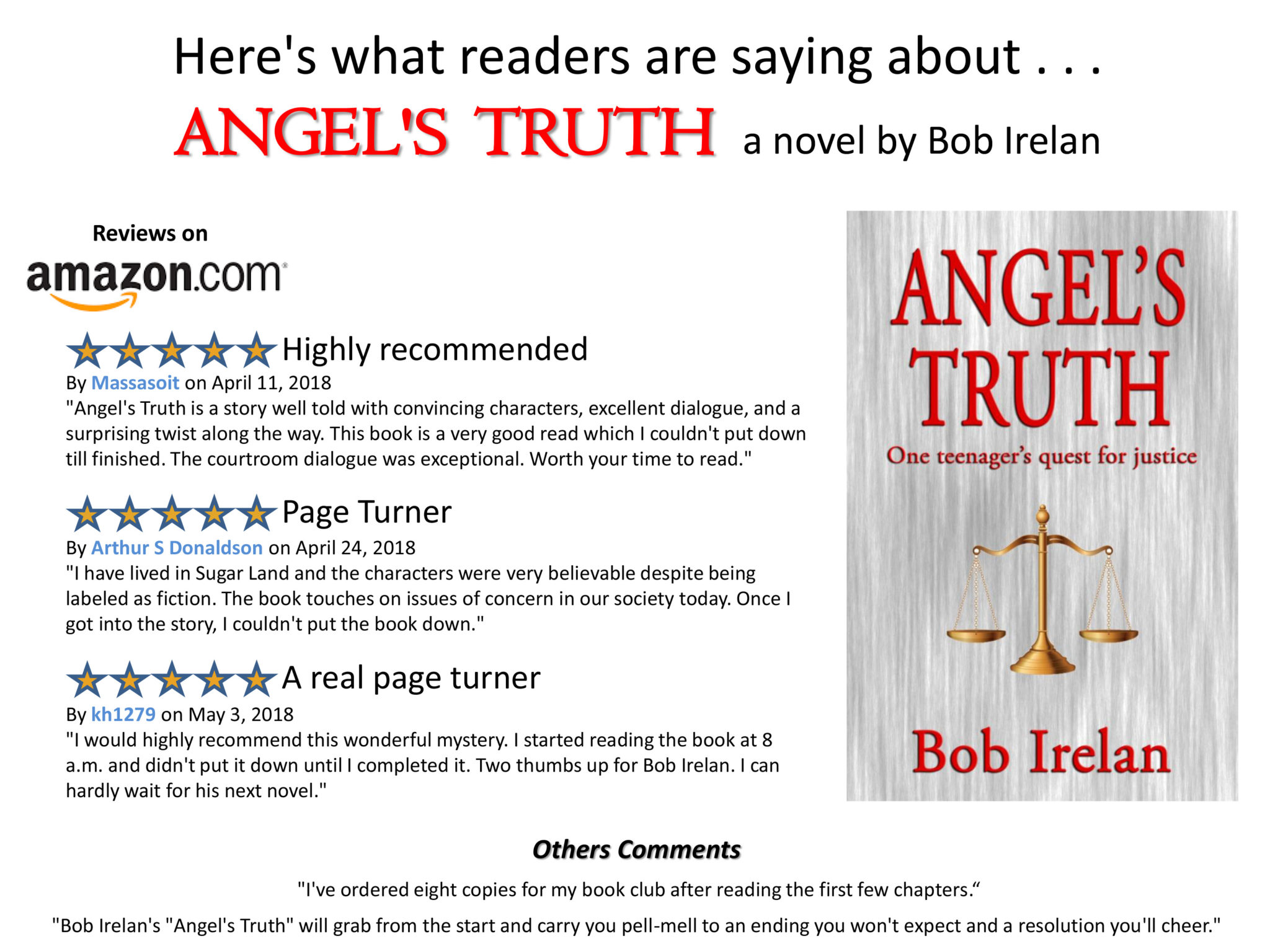
The murder mystery starts when Angel Gonzales is charged with heinous crimes that law enforcement, the media, and most folks in Richmond, Texas, and surrounding communities are certain he committed.
The crimes and trial dwarf anything that has happened in that part of the Lone Star state in anyone’s memory.
When, against all odds, the jury renders “not guilty” verdicts, shock escalates to anger.
In the minds of many, justice has failed, and a brutal criminal is being set free. For Angel and his court-appointed public defender, Marty Booker, being judged “not guilty” isn’t enough.
Together and with help from an unanticipated source, they attempt to prove Angel’s innocence.
In the process, they butt up against prejudice, deceit, and a sheriff and district attorney who put politics, ambition, expedience, and arrogance above responsibility to do their jobs.
It’s a story of horror, hatred, belief, and persistence – a story of a Mexican-American teenager who nearly loses his life on the way to becoming a man.
Outer Banks Publishing Group author Bob Irelan hopes his novel, Angel’s Truth will help people realize that justice is not always applied fairly, especially when it to comes to racial minorities
Angel’s Truth Amazon Reviews pdf
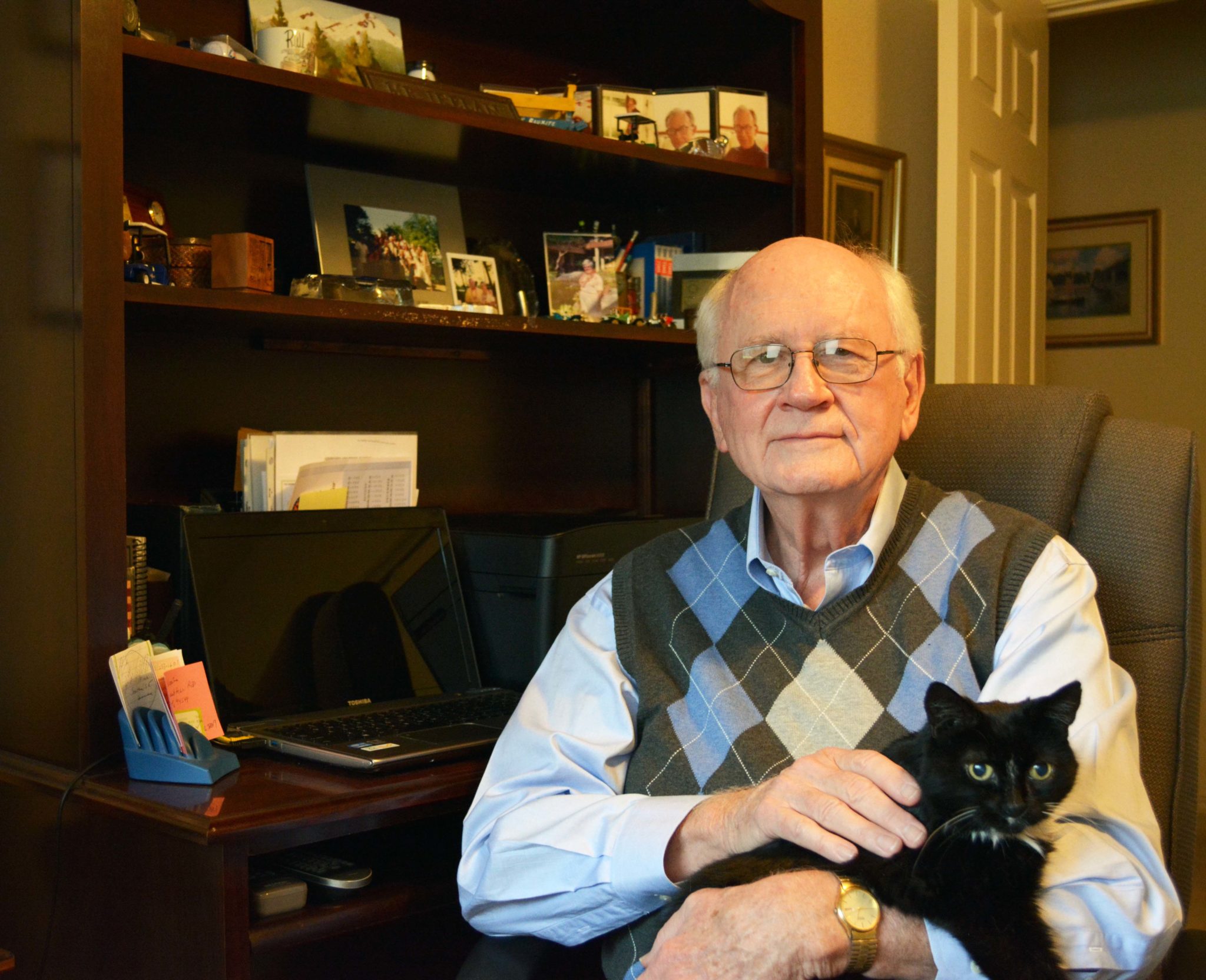

In this interview with Outer Banks Publishing Group author Bob Irelan, he reveals what inspired him to write the novel, Angel’s Truth and hopes to help people realize that justice is not always applied fairly, especially when it to comes to racial minorities.


Writing was a large part of what I did during my career — first in journalism and then in public relations/communications. But, until this book, I had always dealt with facts. Reading fiction was my release and I have always appreciated a story well told. In retirement, I found the time to attempt writing this novel. It’s liberating to shape a story, make it believable, but not be bound by actual happenings. With respect to the plot, I’ve most always rooted for the underdog. For me, the character Angel Gonzales fills that role in his fight for true and lasting justice.
Were the characters inspired by real life people?
Public Defender Marty Booker was shaped at least in part by a public defender I was exposed to years ago as a member of a jury. I was impressed by how hard he worked on behalf of his client, a minority. Angel and the others were creations of my imagination.
You started your career as a journalist and then moved into corporate public relations and communications. How did you research the information for the story? Did you have any experience in the justice system?
I have to admit I didn’t do a lot of research. I lived in Sugar Land, TX, near Richmond, where the story takes place. Those locations and nearby Rosenberg are real but my description of them — most of the buildings, the park, etc. — is made up. I decided to create a setting that would work with the story I wanted to tell. My knowledge of the justice system is limited, but it’s drawn from jury service, a lifetime of reading and viewing courtroom dramas, and having a father who was a lawyer and a U.S. Attorney.
How long did it take you to research and complete Angel’s Truth?
The better part of a year, although I sometimes took breaks of a week or two. I admire writers who discipline themselves to a daily schedule. I’m sure that’s a more efficient approach than the one I followed.
I wanted to make the point that the truth often is not obvious; that finding it takes persistence, commitment and, if you’re lucky, some help from unanticipated sources. I also wanted to remind the reader about how, too often, justice is unevenly applied — especially as it relates to racial minorities. We’re not yet where we need to be as a fully inclusive society. Despite this, I wanted to write a story where hard-fought truth prevails.
Will there be a sequel? Will you write another book?
I’m not sure, but probably. I found the challenge of creating a plot and developing the characters to give it life very stimulating. Also, in writing this first novel, I overcame some personal doubts and uncertainties. For instance, I had not really written dialog before so that took some learning. The reader will judge whether I succeeded.
Do you prefer fiction or nonfiction and why?
I don’t have a preference. l love biographies and works of history. But I also love fiction, especially mysteries and those that include some courtroom drama. I admire greatly those who write well, those who can draw a picture for the reader. I love a book that grabs my attention and leaves me wondering how the heck the author came up with this or that idea.
Who are your favorite authors and did any inspire you to write Angel’s Truth?

I like John Grisham, Mark Sullivan, David Baldocci, Dan Brown, to name a few. I also like historical novels by authors like Ken Follett, Erik Larson, and Anthony Doerr. In my mind, they are all amazing story tellers. And, yes, I drew inspiration from all of them as well as others.
As a first-time novelist, do you have any advice for potential authors starting their first book?
Yes. Just start writing. Don’t wait until you have everything figured out before you start. Don’t be deterred by not knowing at the outset how your story is going to end. Keep writing and see where your imagination takes you. Learn from the words and phrasing of writers you admire. Bounce ideas and text off people whose judgment you respect — those who will tell you if something is good or not. Take breaks when you need to but commit yourself to a finished product. You’ll be glad you did.
Is there anything you would like to add?
Take your time. Don’t rush the process. This was advice I got from an experienced, successful pro, and it proved to be very helpful. Don’t be shy about asking for help. There are a lot of smart people out there willing to hold your hand on this exciting journey.
___________________________________
Angel Gonzales is charged with heinous crimes that law enforcement, the media, and most folks in Richmond, Texas, and surrounding communities are certain he committed.
The crimes and trial dwarf anything that has happened in that part of the Lone Star state in anyone’s memory.
When, against all odds, the jury renders “not guilty” verdicts, shock escalates to anger.
In the minds of many, justice has failed, and a brutal criminal is being set free. For Angel and his court-appointed public defender, Marty Booker, being judged “not guilty” isn’t enough.
Together and with help from an unanticipated source, they attempt to prove Angel’s innocence.
In the process, they butt up against prejudice, deceit, and a sheriff and district attorney who put politics, ambition, expedience, and arrogance above responsibility to do their jobs.
It’s a story of horror, hatred, belief, and persistence – a story of a Mexican-American teenager who nearly loses his life on the way to becoming a man.
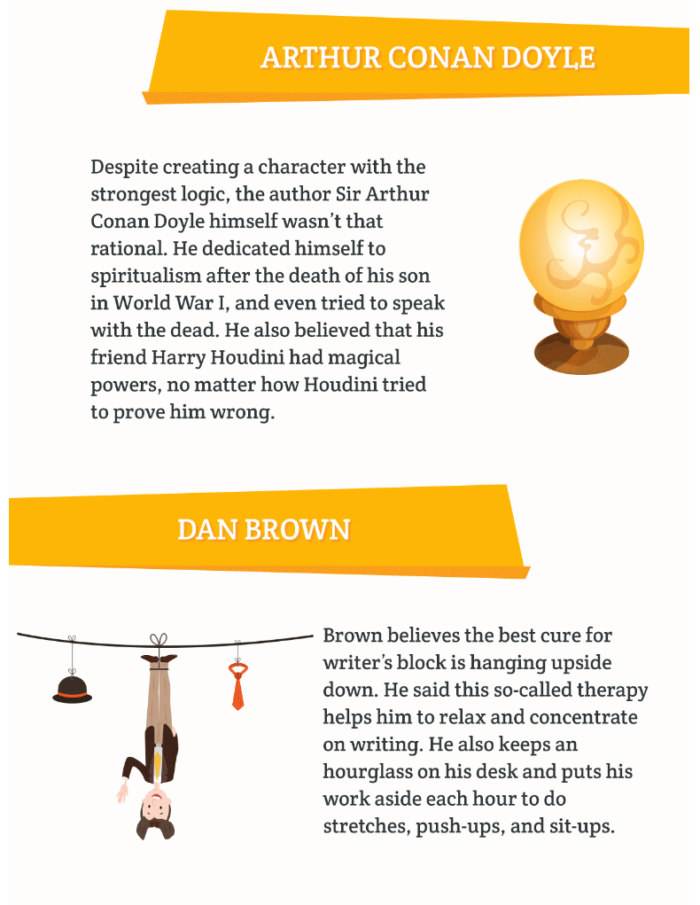

By Jack Milgram of Custom Writing


From The Six Main Arcs in Storytelling, as Identified by an A.I. by Adrienne LaFrance, published in The Atlantic
Based on author Kurt Vonnegut’s 35-year-old master’s thesis that every story has a narrative shape, a group of researchers from the University of Vermont and the University of Adelaide collected computer-generated story arcs for nearly 2,000 works of English language fiction and classified each into one of six core types of narratives based on what happens to the protagonist.
The researchers’ focus was on the emotional trajectory of a story, not merely its plot. They also analyzed which emotional structure writers used most, and how that contrasted with the ones readers liked best.
They used a collection of fiction from the digital library Project Gutenberg, they selected 1,737 English-language works of fiction between 10,000 and 200,000 words long.
Then, they ran their dataset through a sentiment analysis to generate an emotional arc for each work.
The most-prevalent six narratives the data revealed are:
1. Rags to Riches (rise)
2. Riches to Rags (fall)
3. Man in a Hole (fall then rise)
4. Icarus (rise then fall)
5. Cinderella (rise then fall then rise)
6. Oedipus (fall then rise then fall)
So if you have the proverbial writer’s block consider one of the six narratives to free your story.
Read the rest of the story from The Atlantic>
Kurt Vonnegut explains his thesis of the shape of the narrative.
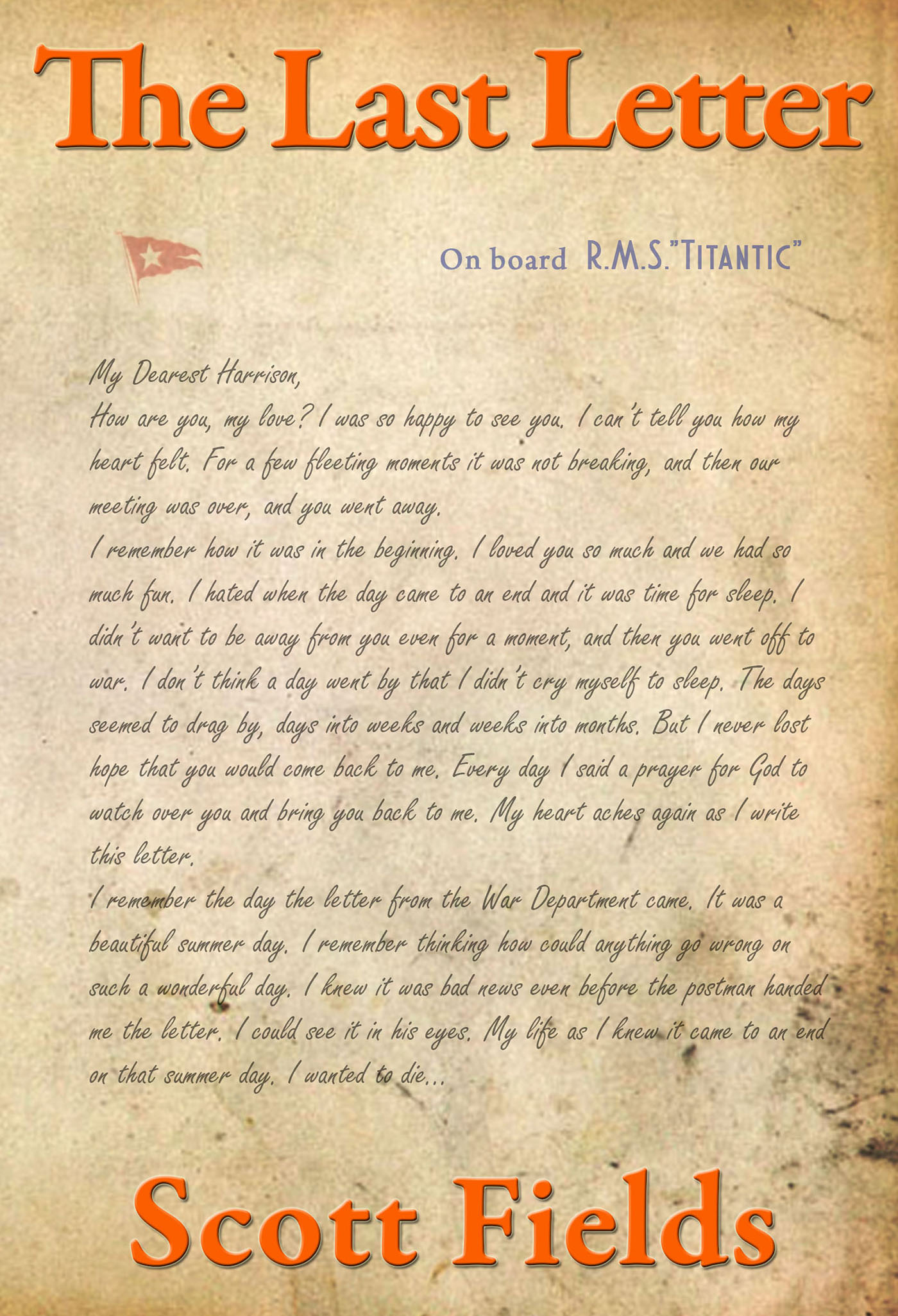

From her watery grave at the bottom of the Atlantic Ocean, the Titanic, even today, guards secrets of the past.
A woman, reportedly died that fateful night when the Titanic sunk, and yet she lived until the year 1995. Why did she feign her death all those years ago, and now after she’s gone, why is she trying to send a message to the living?
This is the untold story about the Titanic that has been kept secret for over one hundred years.
THE LAST LETTER is novel about two people drawn together by the hand of a woman that neither had ever met. Together, they set out to fulfill the unconsummated relationship of two people who met and fell in love over one hundred years before.
5.5″ x 8.5″ (13.97 x 21.59 cm)
Black & White on White paper
232 pages
Outer Banks Publishing Group
ISBN-13: 978-0990679073
ISBN-10: 0990679071
BISAC: Fiction / Romance / Paranormal